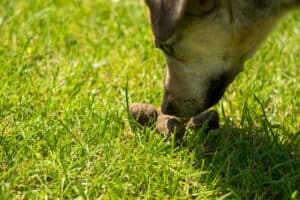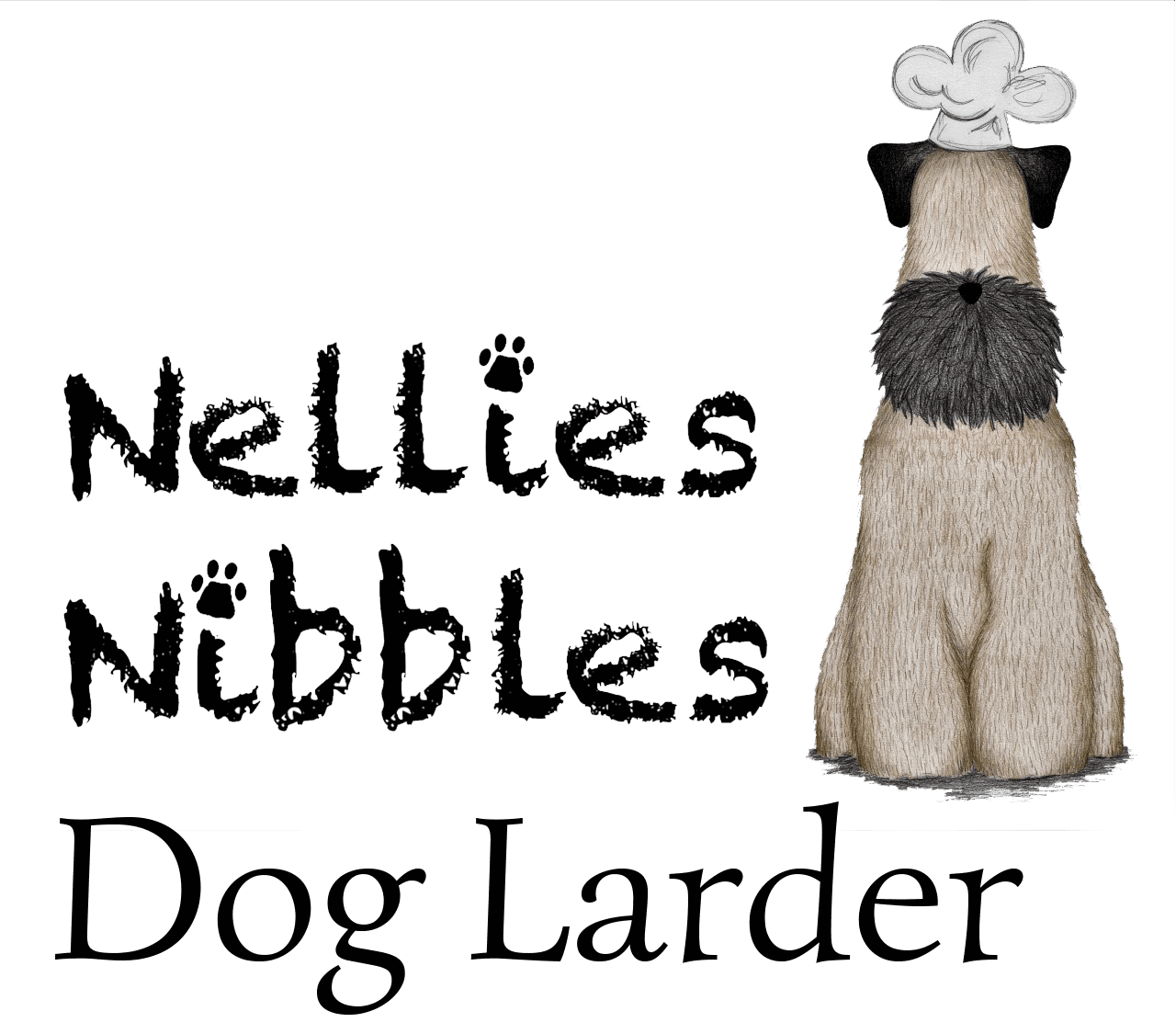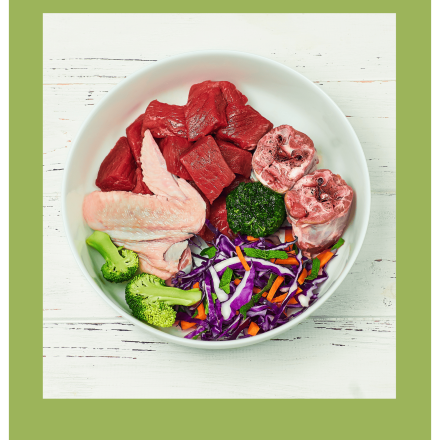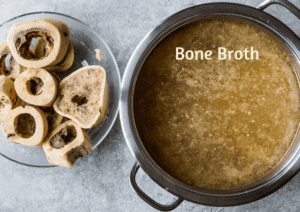Feed To Thrive Not Just Survive
So, you’re keen to move your dog over onto a raw dog food but you’re not quite sure where to start.
Here I’m going to break it down into manageable parts to keep it as simple as it needs to be, to get you started.
This blog is based on using 80/10/10 and completes. What does this strange language mean?
Well, 80/10/10 means it’s 80% meat 10% bone 10% offal.
A complete contains the above plus veg and maybe supplements, dependant on brand.
Firstly, it really isn’t as complicated as some would have you think.
The average dog will take to it like a duck to water.
But for a small few, it might need a little more tweaking.
I’ll talk more about this in a separate blog.
My method has always worked well for many a dog over the years.
Some new to raw may throw every protein in their dog’s bowl, feed to much bone by way of adding chicken carcass or wings or to much offal and then wonder why their dog develops a runny poo or is straining or vomits the food back up. This can put the owner off continuing with the raw transition. A trip to the vets to seek advice can result in further despondency when you’re met with negativity in that what you’ve tried to do for your beloved dog has created issues. Which in essence isn’t completely wrong but perhaps a little misguided.
This blog is written for the average, healthy adult dog. Who isn’t overweight and has no skin or gut issues.
You should aim to feed your adult dog 2.5-3% per day of their body weight. I personally also pay attention to the dog that’s standing in front of me, what is his/her body condition like.
So, get your dog weighed.
Next, it’s always a really good idea to keep a daily diary of what you’re feeding your dog. That way should you run into any problems you can easily backtrack and not have to remember off the top of your head what you’ve fed 2 days ago.
It’s good to know the differing stomach PH.
A dry kibble fed dog has a stomach PH of 2.5,
a raw fed dog is around 1.5 PH.
Your dog’s digestion needs to develop more acidity to enable the digestion of bone & gristle, which is why it’s a lower PH figure than that of a kibble fed dog.
For an adult dog, I’ve found starting them off on a good brand of raw is key because these brands have a more accurate ratio of meat to bone content & offal.
Cheaper low budget brands are cheaper for a reason, they can hold a little more that the 10% bone ratio.
Which can prove difficult to digest for a new to transitioning dogs but absolutely fine for the seasoned raw fed dog. Causing constipation or straining, which needs to be avoided.
This is not to say once your dog digestion has acclimatised, that you cannot move on to, you can.
Dependant on the size of your dog, you will either need to purchase pack sizes of 1kg or 500g.
I would always advise to start your dog on Turkey, chicken (if no sensitivities) or Rabbit because this is a very bland, safe protein.
Before I go on, Turkey bears no relation to Chicken.
Turkey isn’t as high in Omega 6 as is Chicken. Too much Omega 6 can cause inflammation within the body.
Tripe is a great protein too, but I understand not many owners have the stomach (no pun intended) to feed this due to it’s smell.
But if this doesn’t bother you, then feed away!
I’ve managed to get the fussiest of dogs to eat by adding a little amount of tripe to the bowl and got them to turn a corner.
It’s known to kick start the dog’s enzymes, deep in the gut system, which encourages them to eat, plus it’s super gentle on the tummy
Avoid at the very beginning, beef or lamb, venison, these are incredibly rich and may cause your dog to have loose poop.
I talk a lot in my shop about moving your otherwise healthy dog straight over to raw.
Going cold turkey, straight off the dried kibble and on to the raw, it really is that simple.
There really is no need to slowly reduce the kibble and up the raw portion.
The vast majority of dog’s transition this way with absolutely no problems.
But I understand also that some owners feel nervous to do it this way and that’s ok. If you feel more comfortable to feed a 50/50 raw and kibble to start you off, then do that. No harm will come to you dog in doing so.
There has been still to this day no single piece of research to show that feeding raw dog food with dried kibble will cause issue.
A few on the wagon say that both foods digest at different rates, unsure of where this information actually originated because a study hasn’t ever been produced, only assumptions.
Here is a rough guide for you to follow:
Week 1 & 2: I would recommend either The Dogs Butcher Chicken & Tripe 10% bone (No offal) or Raw Made Simple Chicken
or Raw Made Simple Turkey
Week 3: I suggest The Dogs Butcher Duck & Tripe 10% bone
But you still need to keep feeding your dog the week 1 protein flavours, because these will be classed as your safe flavours.
Week 4: The Dogs Butcher Purely Turkey
or The Dog Butcher Lamb Tripe & Turkey
Week 5: Now to introduce red meats such as
The Dogs Butcher Ox mince & chicken and Ox mince & Duck
So, it’s week 5 and you’re sailing along, with no real issues.
Now you can introduce some veg.
Some dog owners like to add their own cooked veg to their dogs raw or you can purchase raw dog food which contains veg, this is called a complete. If you add you own veg, you don’t need to add veg every day, again 3-4 times per week is plenty.
I tend to advise avoid using any root veg for the simple reason these veg contain natural sugars and albeit natural they can still sometimes be an issue for dogs and bring on a yeast infection.
So stick to things like broccoli. green beans, mushrooms, dark green cabbage.
We stock a small selection of completes
Naked Dog Chicken
Naked Dog Lamb
Naked Dog Venison
Now you can add some whole frozen fish such as sprats.
Dougie’s Sprats
Oily fish are rich in Omega 3 fatty acid, the healthy omega.
I’ve found over the years that most dogs prefer these sprats frozen like lollipops. I can only think it’s a texture thing, dogs prefer a crunch.
You can freely give the average dog who eats 500g of raw per day, 2-3 sprats 3-4 times per week.
Feeding whole, unprocessed fish is much healthier than using bottled fish oil. Most bottled Salmon oil oxidises at a ridiculous rate and will cause damage to the immune system in dogs.
The key is to now add in other protein flavours.
You can slowly add in Venison, wild boar, guinea fowl, goose and more.
It’s recommended to feed between 4-5 different protein flavours per week on rotation.
This is so that your dog doesn’t build up any intolerances to those protein flavours.
For example, if you were to feed chicken day in day out, then your dog will not only be deficient, but they have a higher chance of developing digestive or skin problems.
Plus, the fact that each protein offers different ranges of nutrition. Should you run into a problem during one of the weeks when you’ve introduced a new protein then you should stop that last protein and stick with the protein flavour you’ve already been feeding that hasn’t thrown up any issues. Once your dogs settled again then add a different protein and try again. You can always come back to the original protein that gave you the problem at a later date to try again. Sometimes dogs need just a little longer before they try them out again.
Week 4-5: This is the time I like to start my new raw feeders with chicken necks, these are small and provide a softer bone to start off with. You can also feed chicken or duck feet. But if you’re feeding an 80/10/10 then don’t feed to many in any one given week because this could cause chalky, crumbly poo, which can be a sign of too much bone. The average dog needs around 10% bone in their diet but this is only a guide, some dogs need more and some less, you will get to gauge this over time.
The Dogs Butcher Chicken Necks
The Dogs Butcher Chicken Wings
Taking notice of your dog’s poop can and will tell you a lot. Once you’ve successfully tried chicken necks you can then move onto chicken wings again feed 1 or 2 per week.
But remember when you add a chicken wing to your dog’s daily intake you need to take a portion out from the complete mince that you’re feeding that day.
When you know your dog can cope with eating chicken wings and isn’t acting like an anaconda snake and swallowing it whole without first crunching the bones down, you can move onto duck necks or duck wings, duck bones are much harder bone.
Good to know that any bone which contains a joint like the wings or feet contain chondroitin & Glucosamine this naturally occurs in the Cartlidge.
NEVER leave your dog unattended with bones. Adding bones such as these will give your dog an immense eating experience as well as the nutritional benefits, keeping the teeth naturally clean.
Dogs who take part in meaty bone eating release endorphins, which is the hormone that makes them feel good!
If you have a small breed and really don’t feel comfortable about feeding wings or necks then you can always give these bones a bash with a rolling pin, which will break them down slightly.
Try not to feed to much fat, whilst quality fat is full of nutrients and is important for your dog and needed, it can block the release of protein in the meat which is super important for your dog.
I hear every day, the word balance and some owners are concerned they don’t feed a balanced diet each day.
Here’s the thing, you don’t have to balance every single day. Balance is needed literally over the whole week.
The next thing I wanted to mention, and this is really important, is you should never cook or warm up your raw meals that contain bone.
Cooked bone is highly likely to cause blockages and impaction.
I’ll add this foot note:
Because you’ve experienced your dog to have a sensitive tummy, which has meant in the past you’ve had to be super careful when choosing the dried kibble, this won’t be the same scenario when transitioning across to raw. My experience has shown me the sensitivity has come about because of the kibble.
I have a raft of customers who came to me with this same situation and haven’t looked back since being on raw dog food.
So how much should you feed per day?
This is purely a guideline.
Puppies up to the age of 12 months. They are fed a higher percentage of their body weigh due to their important growth.
8-12 weeks old 9-8%
12-16 weeks 8-6%
16-24 weeks 6-5%
24-32 weeks 5%
32+ weeks 4%
36 weeks 3-4%
Puppies should be weighed each week and keep a note of their weight.
Adult dogs are generally fed
2-3% of their body weight and this will depend on their levels of activity.
Senior dogs I always recommend feeding 2-3% of their adult weight, again this is dependent how fit and active they are.
If your still not to sure and feel a little overwhelmed feel free to give us a call or contact us via an email [email protected]














